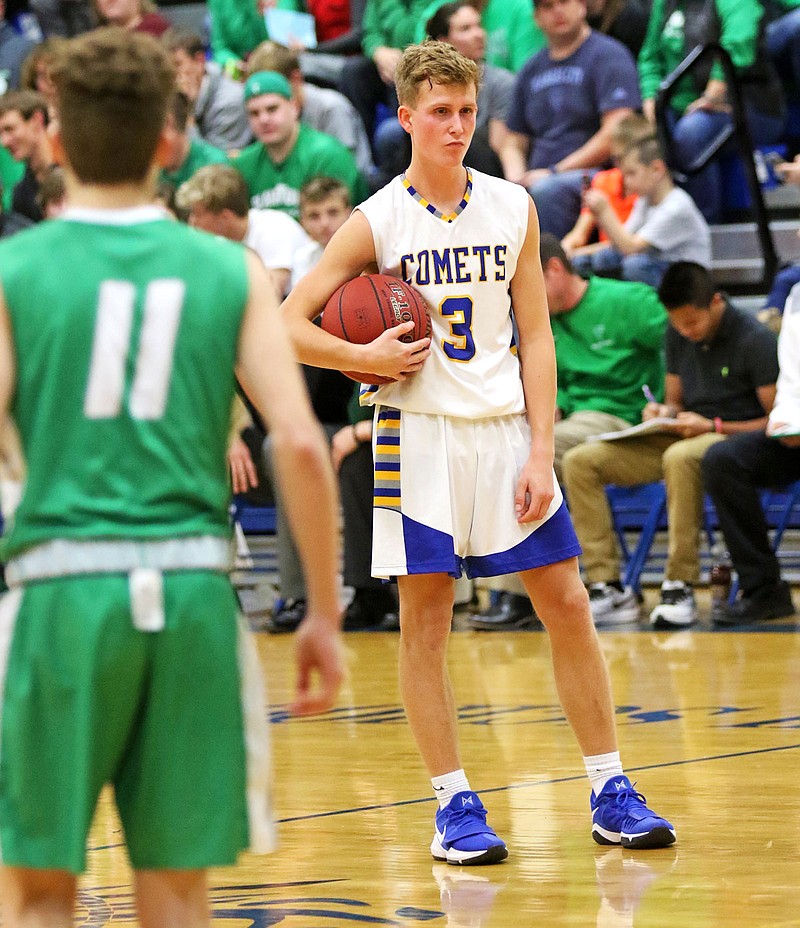While watching a stream of the Norm Stewart Classic this weekend, there was something different about seeing a high school game being played at Mizzou Arena.
There were still five players on the floor for each team. There was a basket at each end of the court. The free-throw and 3-point lines were still there.
But there was one thing missing: a shot clock.
Yup, this classic debate.
This one is a News Tribune head-to-head of sorts.
Last December, our own Greg Jackson made his argument against adding the shot clock to high school basketball in Missouri.
While I don't strongly disagree with the points he made - teams don't stall that much, there isn't a lack of scoring, it's expensive and requires more work for gameday personnel - there is plenty of good that can come from it.
"I'm a shot clock guy," Jefferson City boys basketball coach Tony Phillips said. "I love the game, I study the game. Absolutely it would be a better game."
It wouldn't be a drastic adjustment for a lot of teams, but what changes that would result would make high school basketball more like the game seen at the next level.
"I think it just gives you, as a coach, another area that has strategy and can help you in that way," Capital City girls basketball coach Ryan Madison said.
Here are a few of the positives of the shot clock:
It'll end stalling. It doesn't happen too often, but at least it would make sure teams aren't able to deploy that strategy ever.
No one wants to watch it. And based on a photo I captured a couple years ago of a player having to play that way, it's not fun for them standing motionless in the middle of the floor.
In that case, the opposing team chose not to pressure the ball and there ended up being a lot of nothing happening. The stalling team never led, by the way.
The amount of scoring won't change much with a shot clock, but as mentioned above, it could open up some options for what coaches will want to run offensively and defensively.
"The teams that like to pressure the basketball will be rewarded a little bit more," Phillips said.
The thousands of dollars it requires to install shot clocks seems to be one of the big arguments against it.
There will be ways for schools to pay for it. Just call it a fee for quieting the pro shot clock crowd.
It'll allow future collegiate players to get accustomed to playing with a shot clock.
The counter-argument for this is there's a small percentage of players that go on to play in college. So we should penalize the ones that do want to play at the next level?
"One of the biggest adjustments that they have is going from no shot clock to shot clock," Phillips said. "Why wouldn't we have a natural progression? If you want to make it for a 40 second (clock), do it."
There's a reason this is brought up across the country every year. Eight states have made the change while the remaining continue to just argue about it.
It'll make a lot of coaches and paying customers happy.
Raise the money, teach someone to operate the clock and we might just get an improved game out of the deal.


